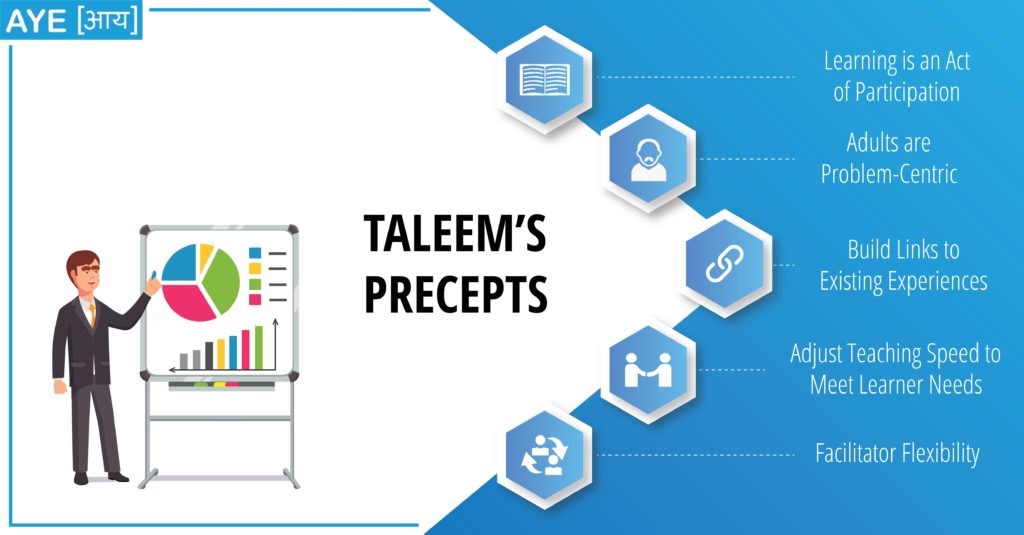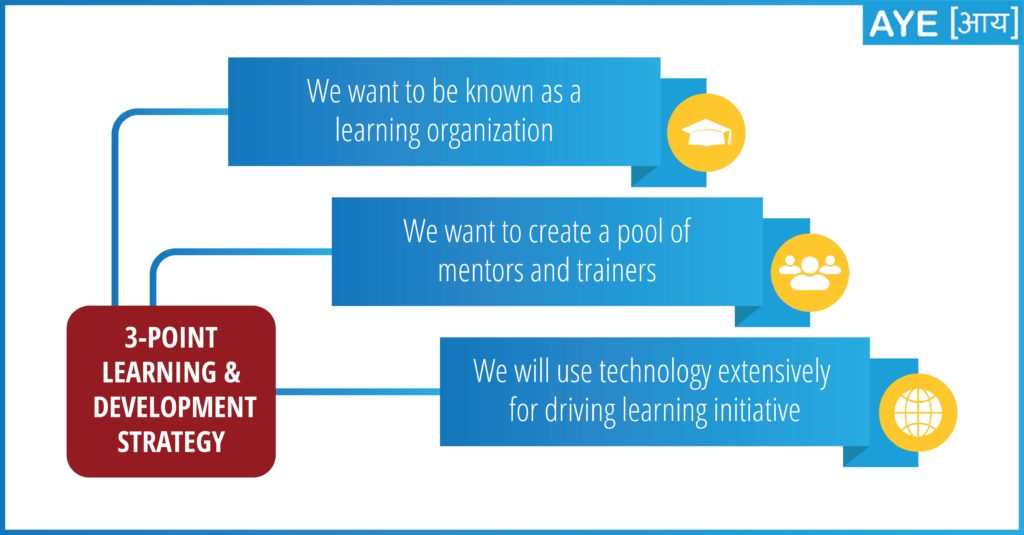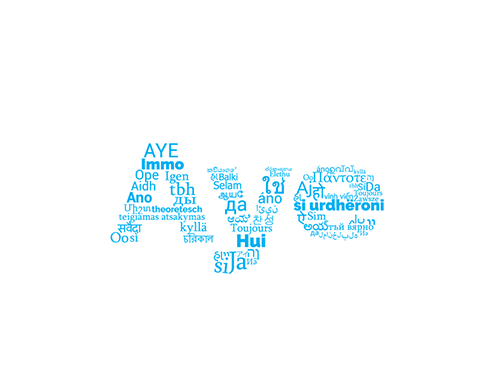Aye Finance’s 3-Point Learning & Development Strategy
We want to be known as a learning organization
We want to create a pool of mentors and trainers
We will use technology extensively for driving learning initiatives
Since our inception, the upskilling of our workforce through continuous learning and development has been a strong focus for Aye Finance for many reasons; one of the most important being that we’re committed to nurturing stakeholders within the company.
Bharat Bhargava, the AVP for Learning and Development (L&D) at Aye Finance, explains the importance of this process. “(Upskilling) is not just about getting re-certified in your field of expertise at regular intervals” says Bharat. “It’s also about growing the company by fostering capable leaders and actively looking at succession planning.”
And it was this focus on the future that led to the creation of Taleem. The brainchild of Aye Finance’s Founder & MD, Sanjay Sharma, Taleem is an initiative that encourages proactive coaching and mentoring from within the organization.
About Taleem
One of the more unique programs that has been successfully implemented by Aye, Taleem’s process begins with an initial discussion with mentees and helps them develop real-life work skills like task prioritization, planning, project responsibilities, and even self-study.
While mentees are being equipped with these skills, they also have access to a specific department or expert employees who can lead informed discussions on the subject matter at hand.
When they’re initiated into the program, applicants are asked to write about what they want to achieve through Taleem and how Taleem would benefit them; i.e., self-evaluation is built into the process.
Moreover, Taleem focuses on empowering employees through skills that can be used at higher levels. A very basic example of this would be training entry-level and field employees with software applications like Microsoft Excel, which prove to be extremely useful as their career grows.
As the employees expand their skill-sets, they are able to coach and mentor the newer team members and ensure a smooth transition into a new environment.
“Over the last two years, our employee strength has tripled; and we’re currently projecting a doubling of our workforce in the coming two years. For an organization poised to expand as rapidly as we are, having a strong infrastructure of coaching, mentoring, and succession planning becomes quite critical” says Bharat.


Integrated Learning Management – ILM
Where Taleem’s objectives are driven by a focus on upgrading skills, ILM – taken from the Urdu word that translates to knowledge – takes a more holistic approach to an employee’s learning and development through bite-sized and interactive learning modules.
Offering a buffet of training programs – ranging from product, to e-KYC, to Loan Origination Systems – ILM helps us ensure that our training and upskilling is not limited to as and when formal classroom training can be organized.
ILM also leverages e-learning and multi-media like audio and animations to enhance a learning experience that cannot be delivered only through PowerPoint presentations, and these learning modules can be accessed through the web & mobile devices to allow for an efficient usage of employee time.
Advantages of Learning Gamification through ILM
Aye’s Integrated Learning Module – which combines gamification – offers the following advantages to our team members:
- High levels of engagement for learners
- Professional and well-defined instructional methodologies and frameworks
- Game Design Elements like motivation, challenges, levels, accomplishments, recognition, etc.
- Interactive user interface and game-like learning
Dedicated attention to L&D – as part of the company’s core values and culture – is a significant reason behind the success of this venture. Over time, we have understood our team better, introduced a more streamlined structure, and made the induction training sessions much more efficient.
We’re happy to share that we’re steadily getting better with every passing day. With a conscious decision to scale sensibly and at a steady pace, the organization is clearly able to understand what works well, what needs to be weeded out, and most importantly, that no one on the team gets left behind in any way.










